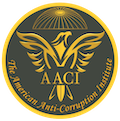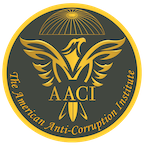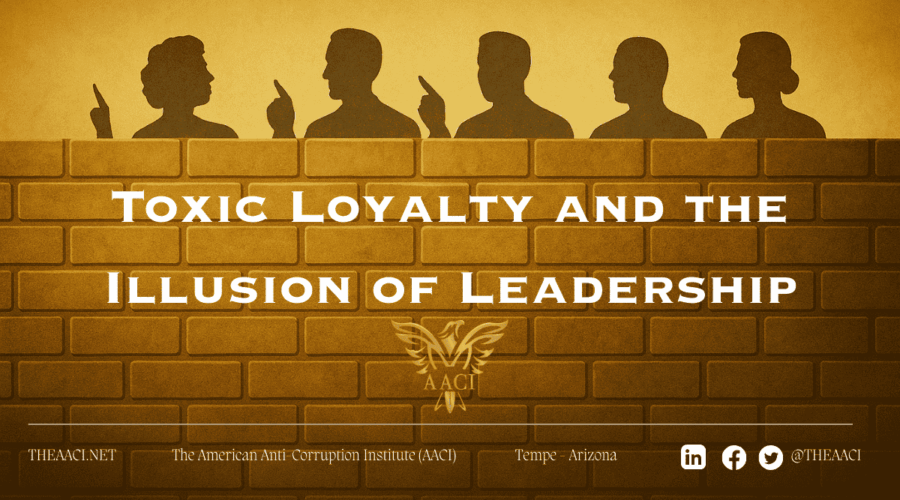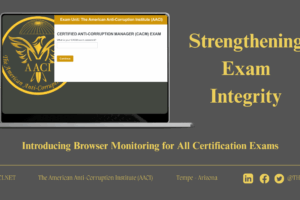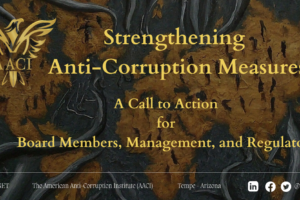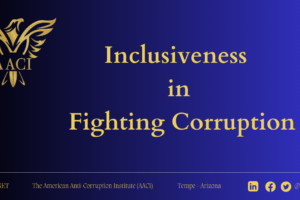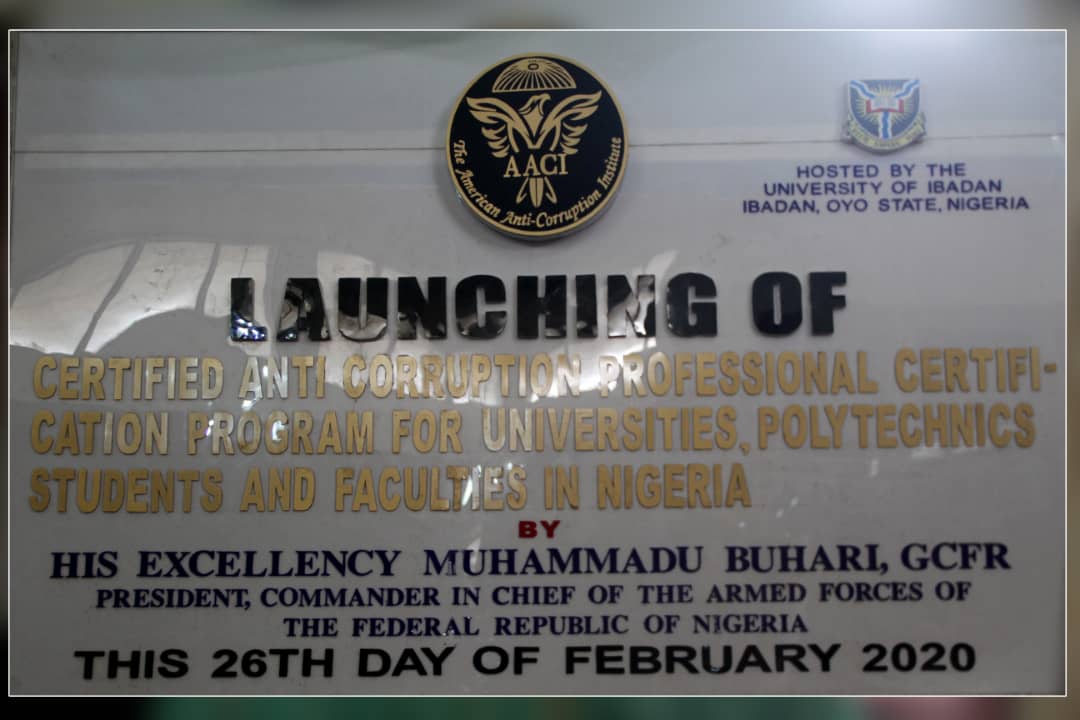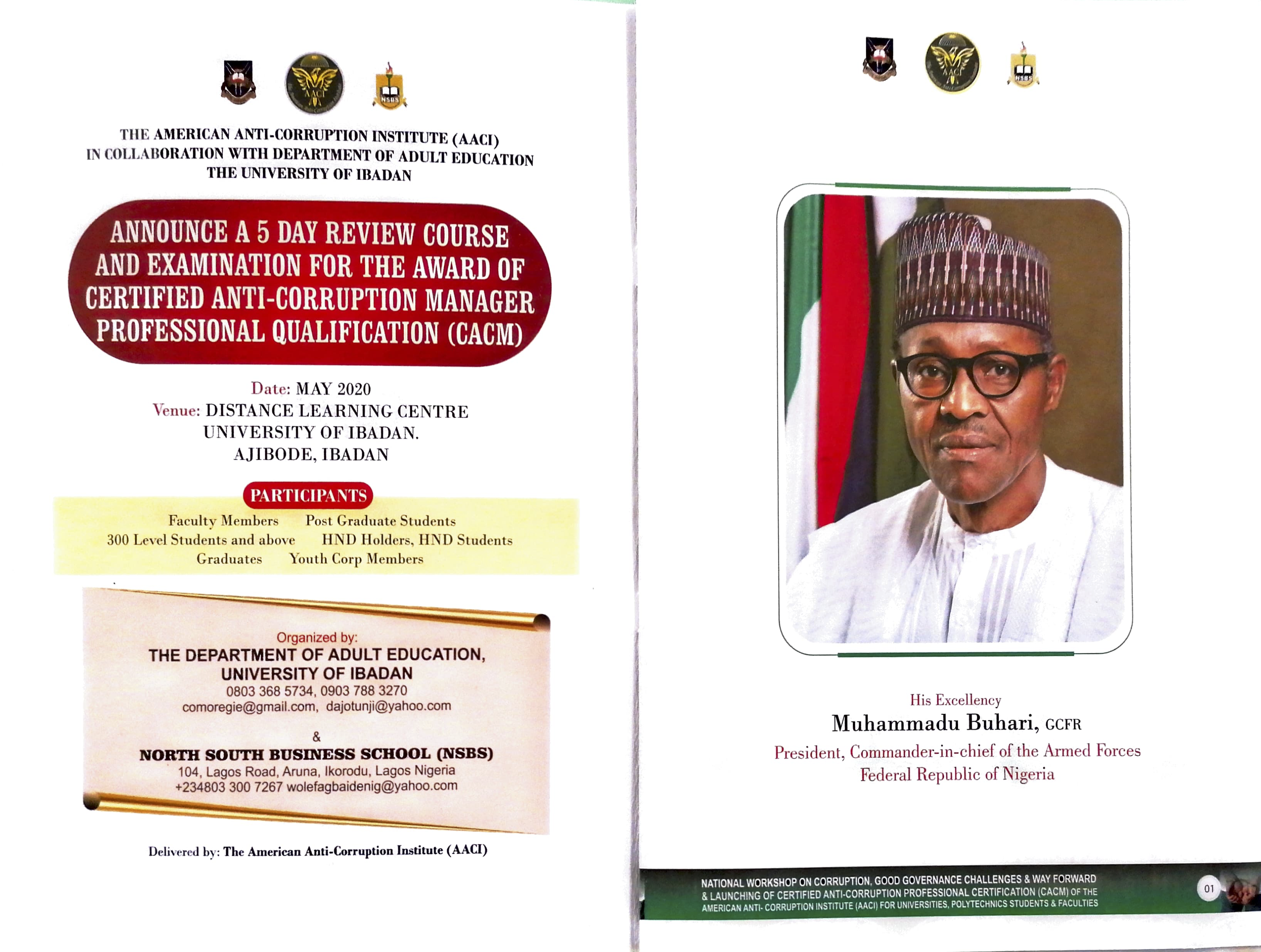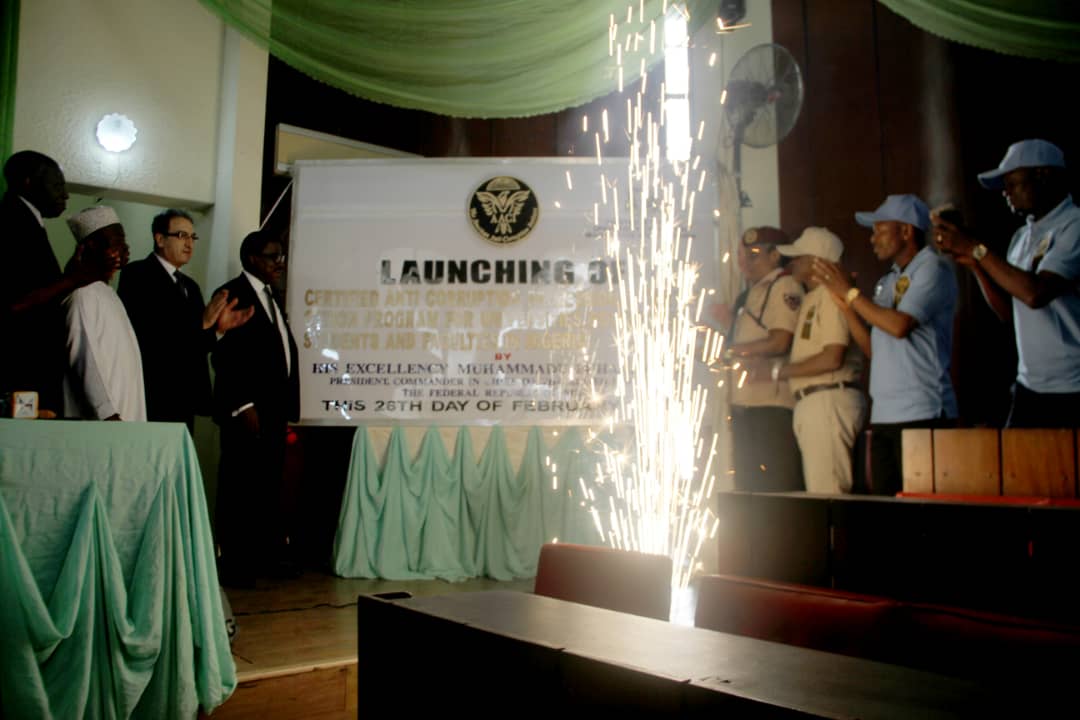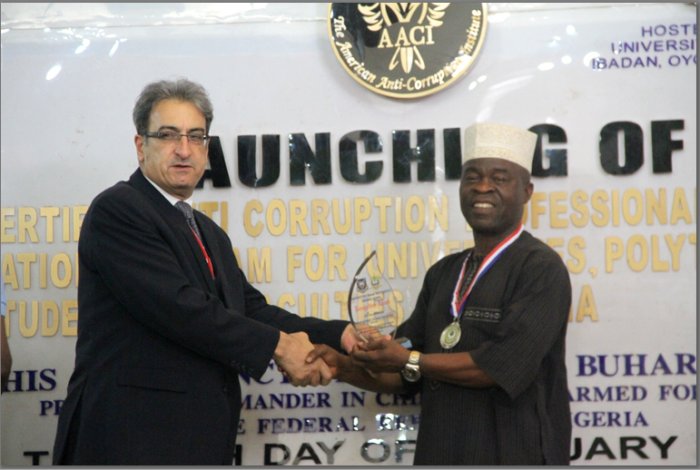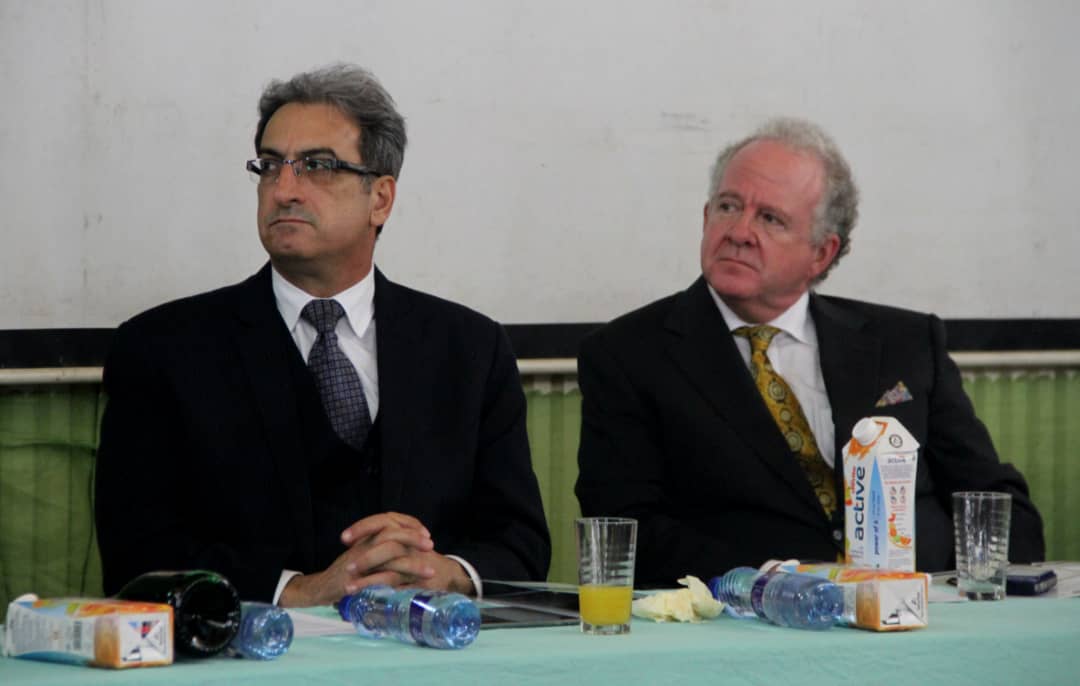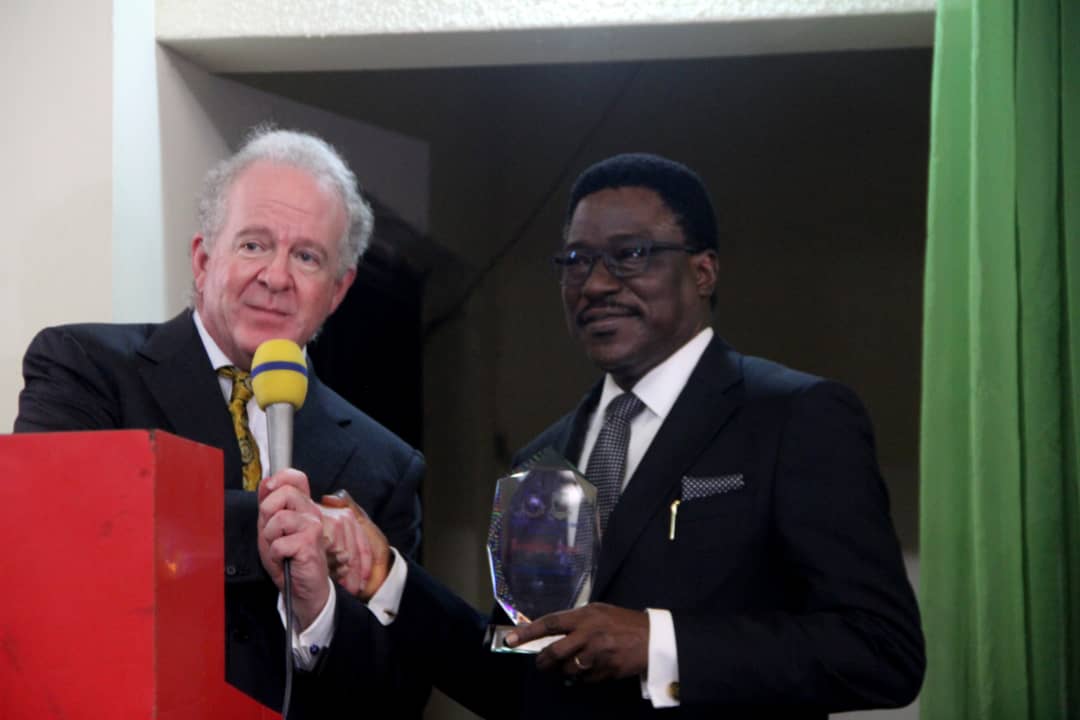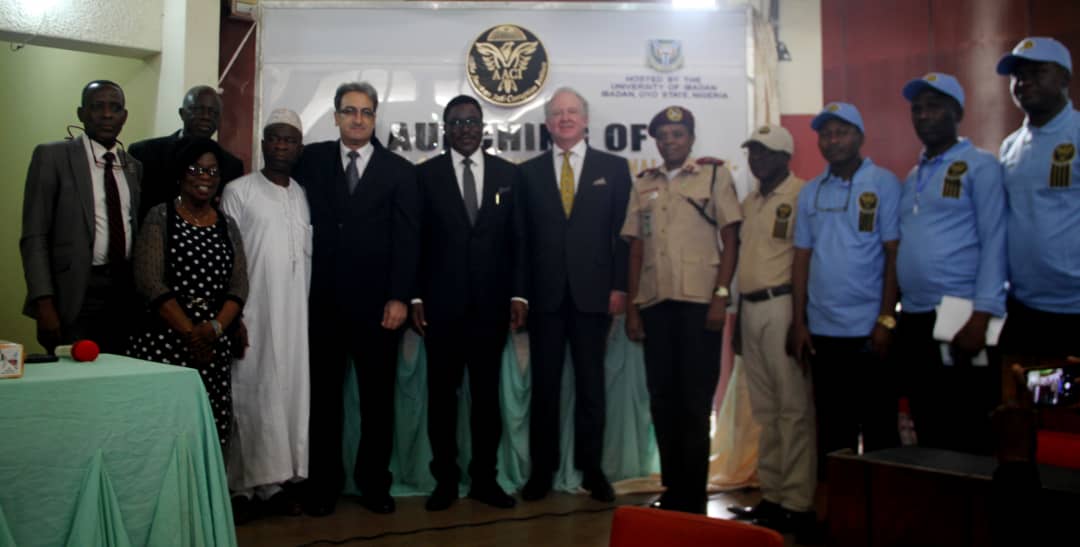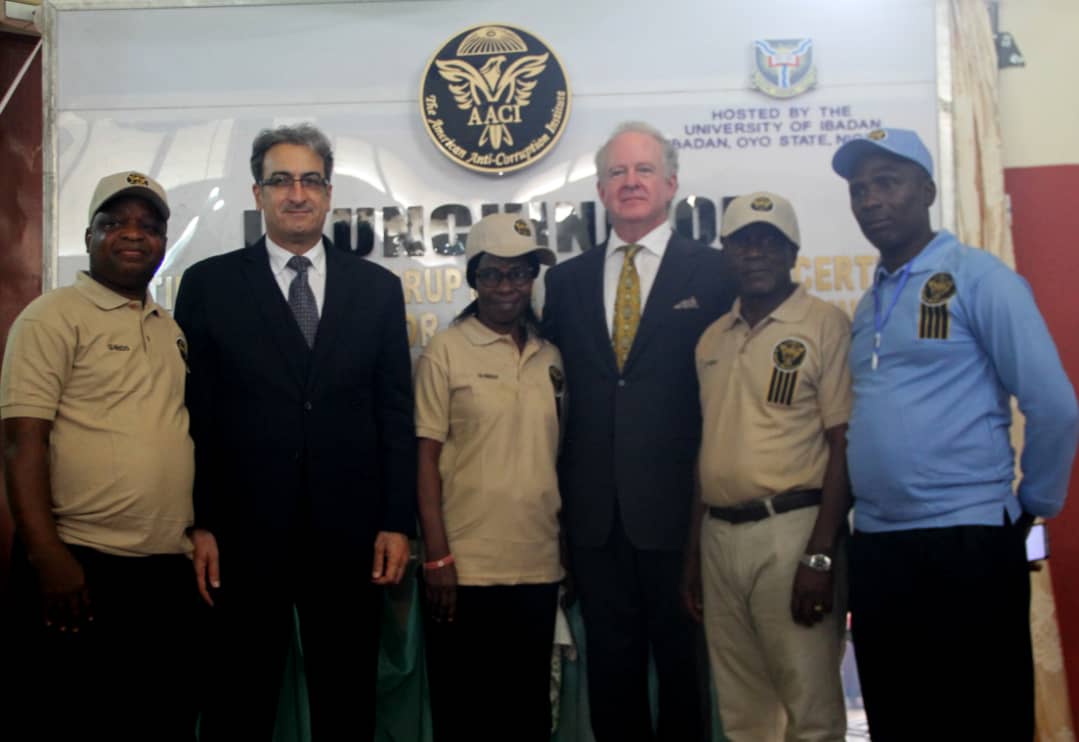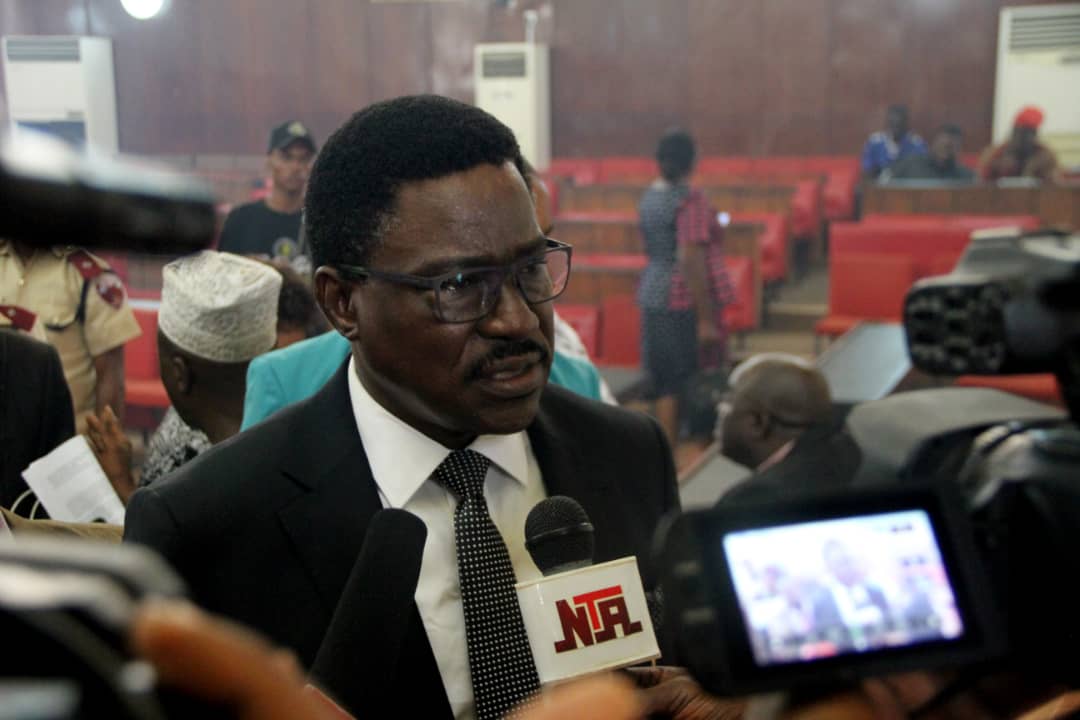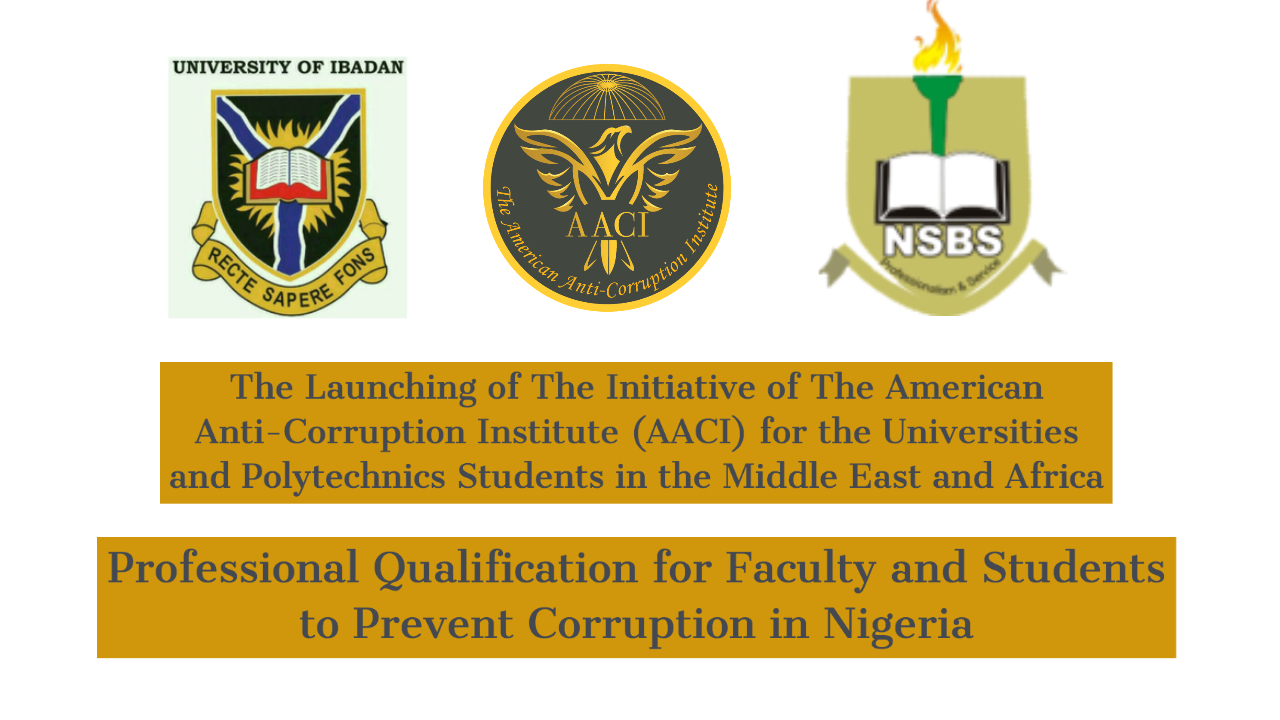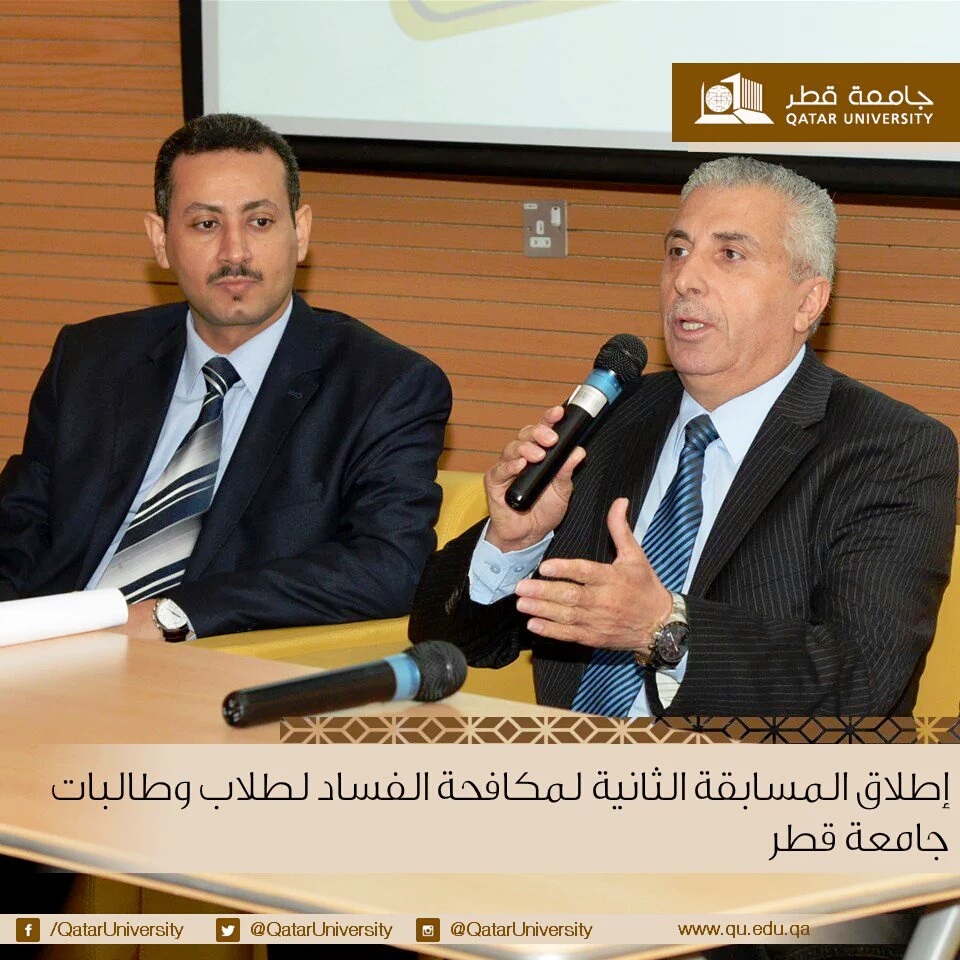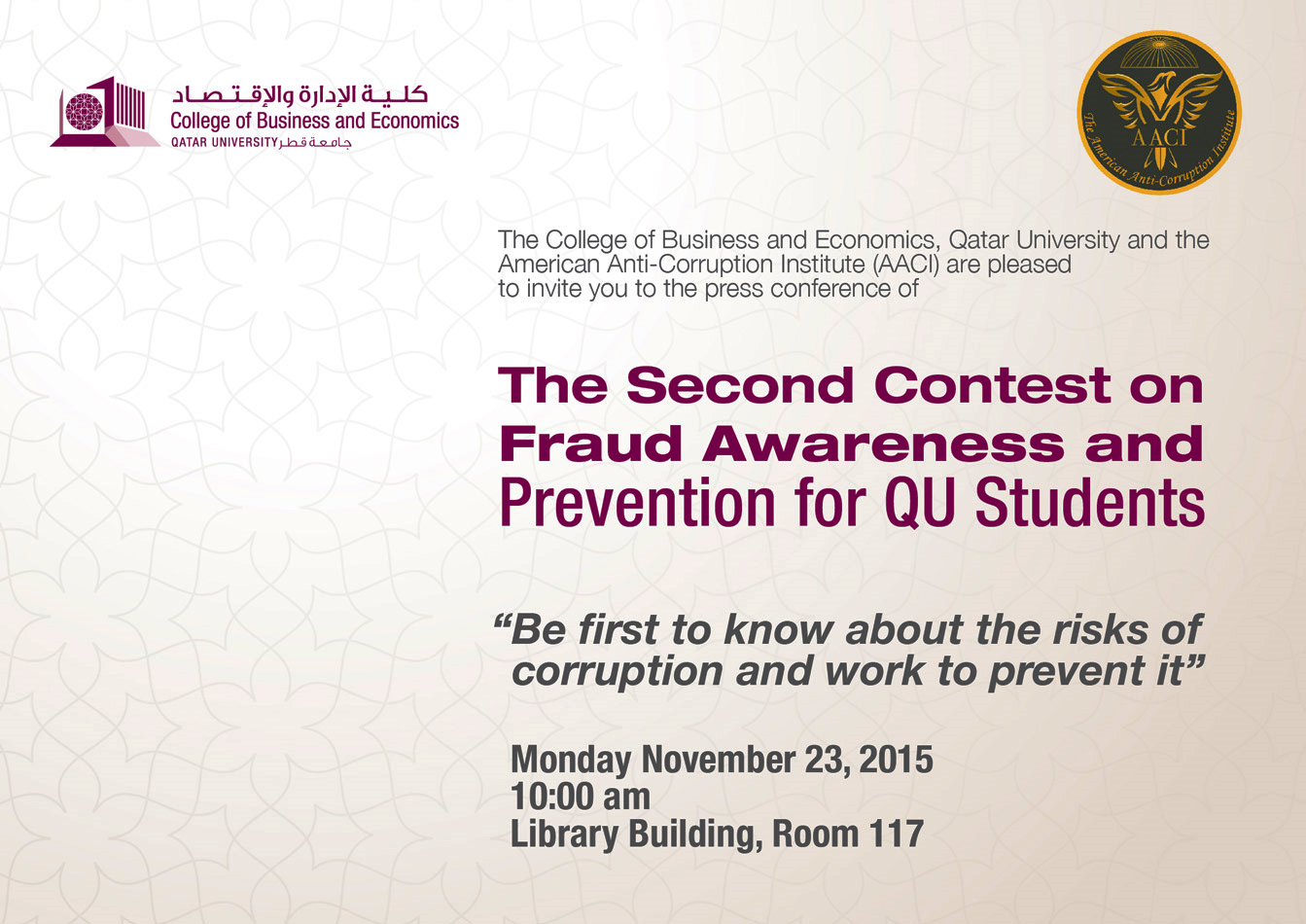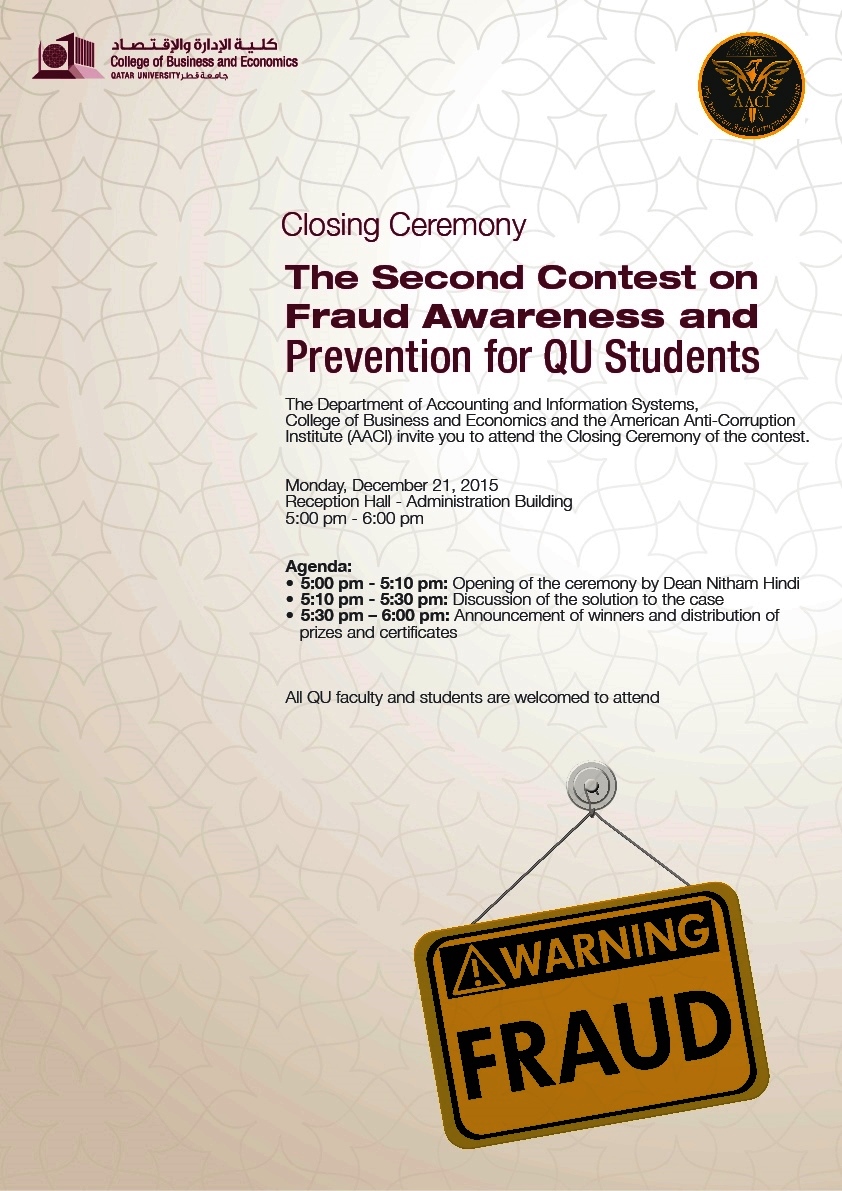The AACI
May 22, 2025
Part 2 of 3
Introduction
In Part 1, we exposed the rise of performative integrity—a troubling trend in which ethics are no longer lived but staged. In this second part, we examine the fuel that sustains that illusion: toxic loyalty.
When allegiance to individuals overshadows allegiance to principles, institutions begin to decay. Accountability is diluted. Truth becomes dangerous. And those who speak it are cast as threats. This erosion of governance directly undermines Principle #5 of The Ten Principles of Fighting Corruption: Power and accountability.
Loyalty vs. Integrity: A Dangerous Confusion
In healthy institutions, loyalty is a commitment to mission and values. But when loyalty is manipulated to shield misconduct or silence dissent, it becomes a liability. Leaders who conflate loyalty with integrity redefine ethics as obedience and suppress those who challenge the narrative.
This distortion is common in systems where image management is prioritized over institutional health. Ethical disagreement is labeled as betrayal. Personal allegiance outweighs legal duty. And governance becomes contingent on proximity to power.
Such environments violate Principle #3: Effective and Good Governance, which calls for systems that promote transparency, competence, and responsibility—not blind allegiance.
The Mechanics of Cult Leadership
Toxic loyalty is cultivated—not inherited. It emerges through a mix of fear, favoritism, and ideological framing. Leaders reinforce it through mechanisms that undermine open discourse and discourage independent judgment:
- Rewarding loyalty over performance
- Framing dissent as destabilizing or disloyal
- Suppressing facts that challenge leadership narratives
These practices breed conformity, insulate misconduct, and gradually erode internal oversight. Institutions that lack effective whistleblower protection risk creating environments where misconduct is neither reported nor addressed. As the OECD (2016) underscores, real or perceived retaliation undermines trust in institutional safeguards and discourages employees from coming forward.
Institutional Consequences
The effects of loyalty-based leadership structures are profound:
- Decision-making degrades. Truth becomes subordinate to relationships.
- Whistleblowers disappear. Speaking up means stepping out.
- Controls fail. Not because frameworks are missing—but because few are willing to activate them.
The Financial Reporting Council (2020) found that many boards, even after adopting the UK Corporate Governance Code, continued to report mechanically rather than meaningfully—often reinforcing leadership narratives instead of challenging performance with critical scrutiny.
“A significant proportion of reporting was formulaic, lacking transparency about decision-making and accountability.”
(FRC, 2020)
This dynamic mirrors the institutional outcomes of toxic loyalty: outward compliance, inward dysfunction.
Red Flags and Reality Checks
To guard against this pattern, stakeholders should monitor for these symptoms:
- Excessive praise or reverence for individual leaders
- Punishment of reasonable dissent or alternative views
- Loyalty language embedded in strategic or governance statements
- Disproportionate consequences for those who question decisions
- A culture of silence around senior-level errors
Effective governance demands clarity: loyalty must serve principle—not power. Anything less invites systemic failure.
Conclusion: Loyalty Must Be Ethical, Not Absolute
When leaders require personal loyalty over institutional duty, they substitute control for leadership. Ethical systems are weakened not only by acts of corruption—but by the passive complicity of those too afraid or too loyal to speak up.
To rebuild institutional integrity, loyalty must return to its rightful place: as a commitment to values, accountability, and the public good—not a personal allegiance to authority.
This is not merely a cultural preference—it is a governance imperative.
🔜 Coming Next Week — Part 3 of 3
A Practical Anti-Corruption Survival Guide: How Ethical Leaders Can Disrupt the Cycle
In the final part of this series, we shift from diagnosis to action—offering implementable safeguards and strategic practices for leaders committed to restoring truth, rebuilding trust, and reinforcing systems of ethical accountability.
📚 References
OECD (2016) Committing to Effective Whistleblower Protection, OECD Publishing, Paris. Available at: https://www.oecd.org/en/publications/committing-to-effective-whistleblower-protection_9789264252639-en.html(Accessed: 22 May 2025).
Financial Reporting Council (2020) Reporting on the new Corporate Governance Code is a mixed picture. Available at: https://www.frc.org.uk/news-and-events/news/2020/11/reporting-on-the-new-corporate-governance-code-is-a-mixed-picture/ (Accessed: 22 May 2025).
The American Anti-Corruption Institute (AACI) (2020) The Ten Principles of Fighting Corruption. Available at: https://www.theaaci.net/Ten-Principles-of-Fighting-Corruption (Accessed: 22 May 2025).
